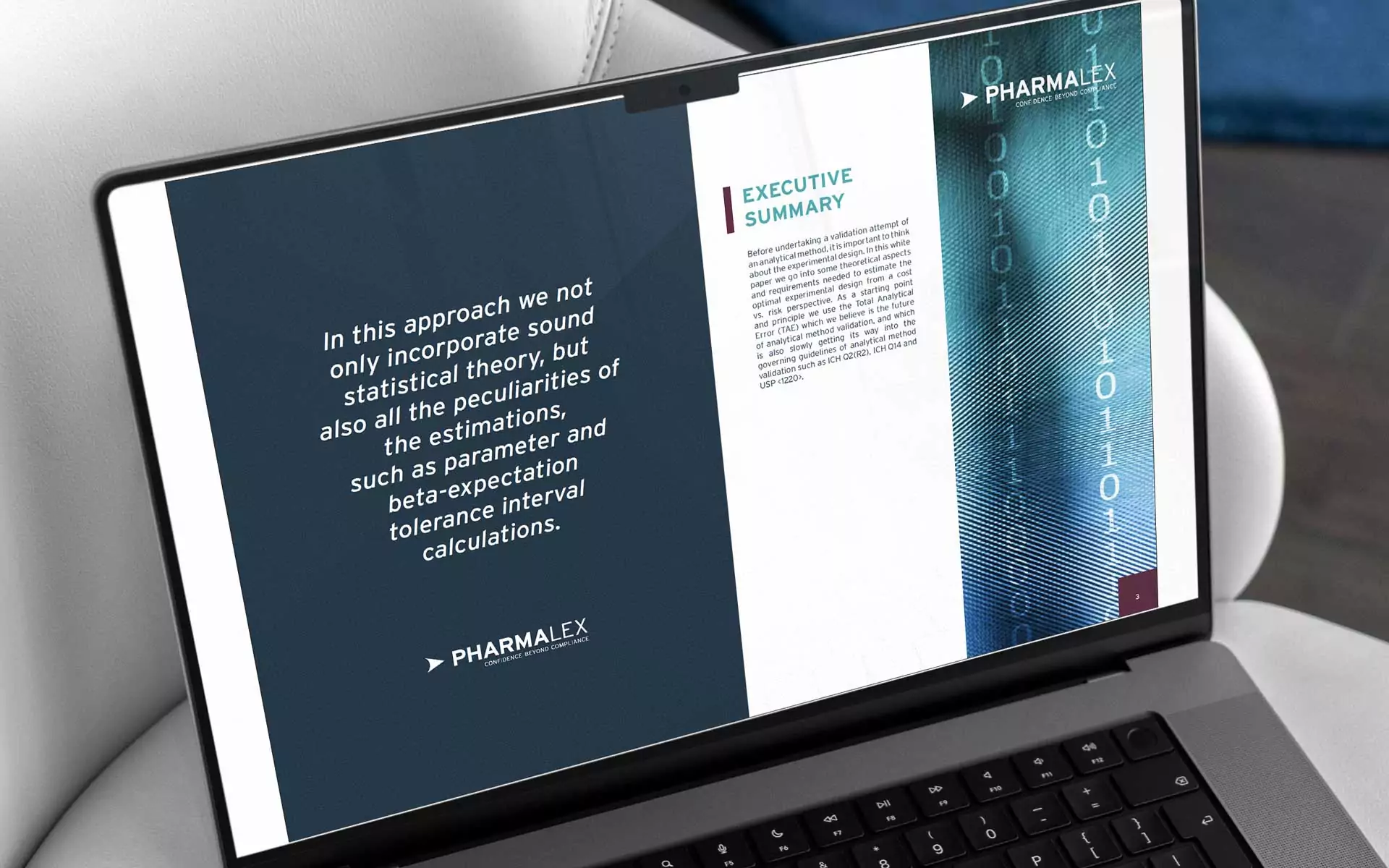One of the most widely discussed concepts within the revised Annex 1 is a contamination control strategy, or CCS[1]. The guidelines require the implementation of a CCS across manufacturing facilities to manage any potential contamination risks. Fundamentally, the CCS is about establishing a tight focus on patient safety by thoroughly assessing all the different areas where contamination can happen, and what controls are in place to prevent such from happening.
The CCS comprises a repository of documents that provide a high-level overview of how the company controls and prevents contamination of microbial particulates, microbial byproducts such as endotoxins and non-viable particles. It is a risk-based approach to identifying, assessing, reducing or eliminating and controlling contamination risks. As the regulation notes: “Risk management should be documented and should include the rationale for decisions taken in relation to risk reduction and acceptance of residual risk.”
The Annex 1 requirement specifies 15 elements to consider within a documented CCS, but make clear that the CCS should not be limited to these. Rather, as experience has shown, the elements included should depend on the manufacturing process of a product, which requires having clear knowledge and insight into that process. By way of example, a company manufacturing radioactive materials would have to consider elements that would not be relevant to other products. Regardless of the product and process, it’s important to carry out a step-by-step assessment to determine where contamination could occur.
While there is room for company-specific interpretation, the Annex 1 is clear on CCS requirements. While in the United States 21 CFR 211.113 covers microbial contamination, it doesn’t specify how to control contamination risks[2].
A team activity
One of the issues we have confronted is a tendency to compartmentalize CCS and assuming it is the responsibility of the microbiology department, the sterility assurance lead, or quality assurance. A proper CCS requires full understanding of activities, such as the manufacturing process, how the equipment operates and is controlled, and how the utilities are controlled. That level of understanding and oversight requires cross-functional buy-in and ownership.
When advising clients, we advocate for co-ownership by facilities engineering and microbiology departments to achieve oversight of the entire facility’s layout, processes and controls.
Equally, there needs to be a cohesive and holistic approach to risk assessment with the CCS. Think of CCS as a continuous improvement activity across all functions, with an overarching objective of addressing any contamination issue as and when it arises.
A best practice, from our experience, is to carry out a comprehensive contamination control risk assessment (CCRA), bringing together all functions within a plant so nothing is overlooked. This can be a mindset adjustment for companies, which are often accustomed to working in silos and assigning responsibility to specific functions, such as QA or operations.
An associated consideration is the requirement to adopt a lifecycle approach to the CCS. It is, therefore, important that companies don’t simply carry out a risk assessment and set it aside until periodic review. Rather, the CCS is expected to be a living document, continuously updated with real-time activities to provide greater assurance that the controls listed really are functioning or operating as expected to safeguard patients.
One best practice would be to include a CCS review in the periodic Quality Management Review Process as referred to in Chapter 1 Pharmaceutical Quality System of the EudraLex[3]. This aids in gaining greater insight into whether the systems and controls in place maintain a state of control for contamination.
Dealing with an older facility
While there are inevitably gaps and risks to manage when developing a CCS for any facility, these gaps are compounded when it comes to aging facilities. Addressing these gaps can seem overwhelming. However, considering that at the end of the day, this is about patient safety, taking some actions in the right direction is still meaningful.
Our recommendation would be to adopt a stepwise approach and focus on continuous improvement. Start by charting the facility’s current state compared with the desired state and determine what is needed to get there. Identifying the gaps and the risk or even the state of non-compliance can help to establish a path forward.
While it’s likely an old facility will have issues, it’s unlikely to have suddenly become unsafe simply because of the requirements set out in Annex 1. Having a CCS in place can help to demonstrate why the facility can still safely manufacture a product even if that facility is not at the desired level defined in Annex 1.
Regardless of the facility, the purpose of a CCS is drug safety. Drug shortages very often are due to issues with contamination[4]. Having at least some controls in place to tackle potential contamination issues could be key to getting more medicines to patients in need.
What do you understand by a contamination control strategy? And what issues, if any, have you confronted? We would be interested in hearing about your CCS journey.
About the authors:
Londa Ritchey is Quality Director with the quality management and compliance group at PharmaLex, US. She has spent more than 30 years in biopharma focused on quality assurance, including quality risk management, aseptic quality operations, quality systems implementation, contamination risk management and supplier quality management.
Patrick Nieuwenhuizen is Director and Principal Consultant at PharmaLex and has more than 25 years of experience in the industry across a variety of platforms including Biologics, Sterile Fill Finish and Solid Oral Dose.
[1] Annex 1: Manufacture of Sterile Products, European Commission, 2022. https://health.ec.europa.eu/system/files/2022-08/20220825_gmp-an1_en_0.pdf
[2] CFR – Code of Federal Regulations Title 21, FDA. https://www.accessdata.fda.gov/scripts/cdrh/cfdocs/cfcfr/CFRSearch.cfm?fr=211.113
[3] EudraLex – Volume 4 – Good Manufacturing Practice (GMP) guidelines, European Commission. https://health.ec.europa.eu/medicinal-products/eudralex/eudralex-volume-4_en
[4] Drug Shortages, FDA, https://www.fda.gov/drugs/drug-safety-and-availability/drug-shortages








